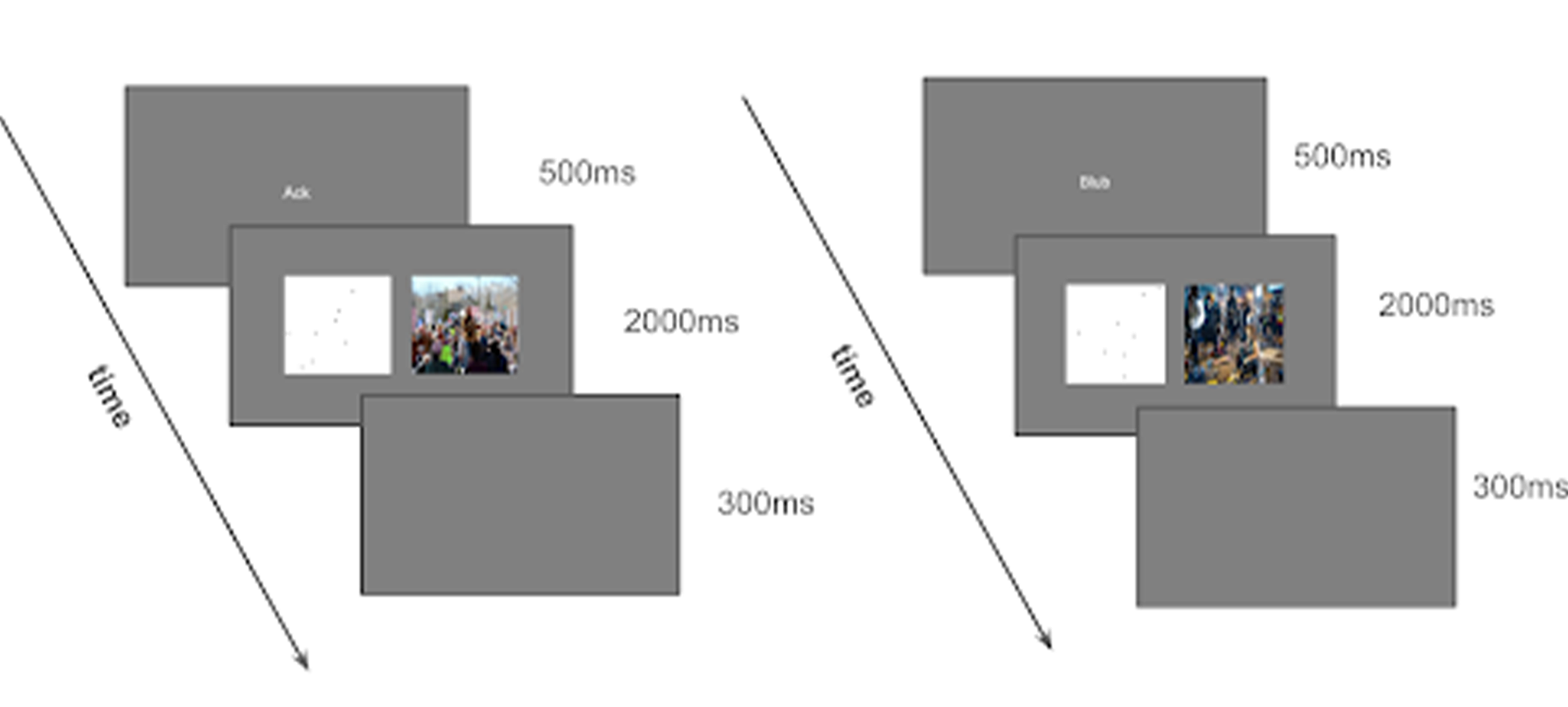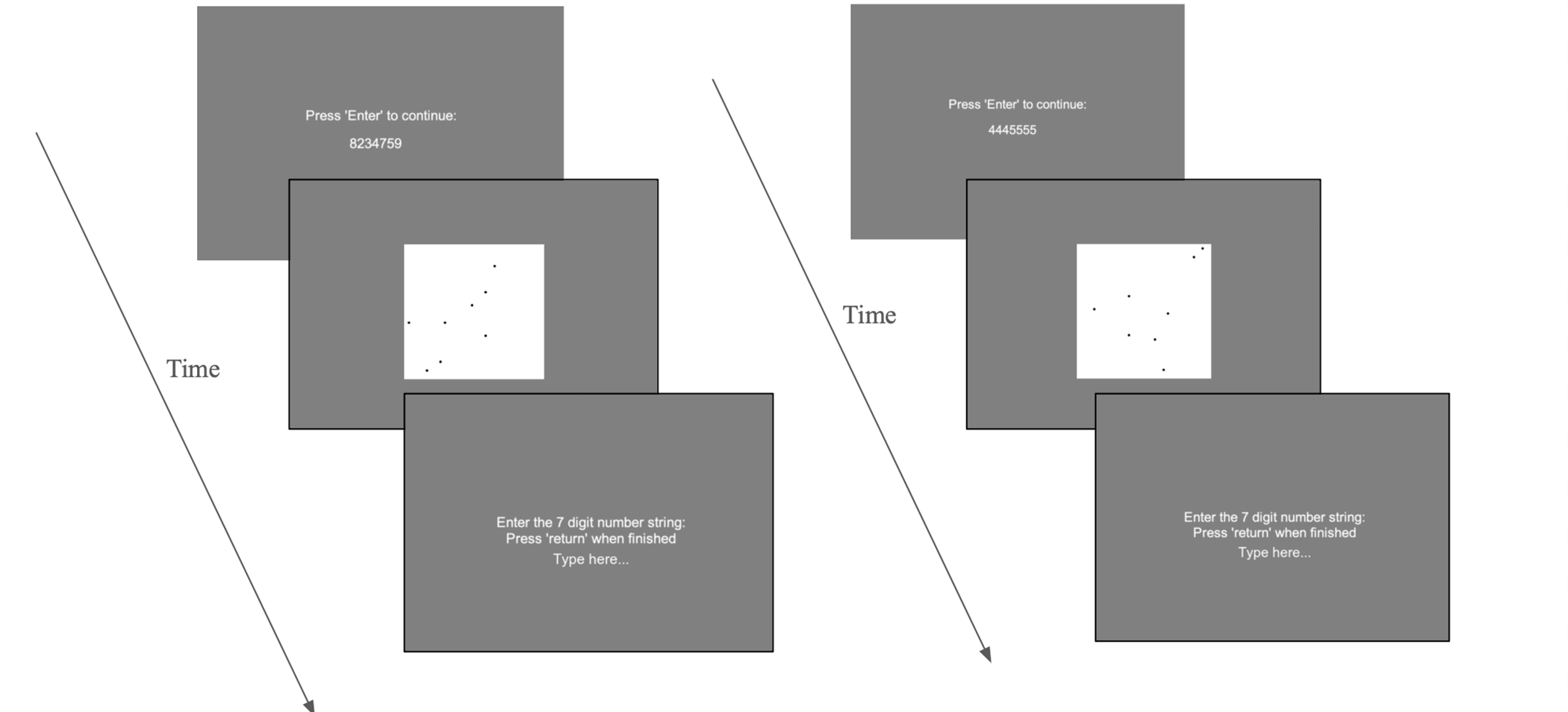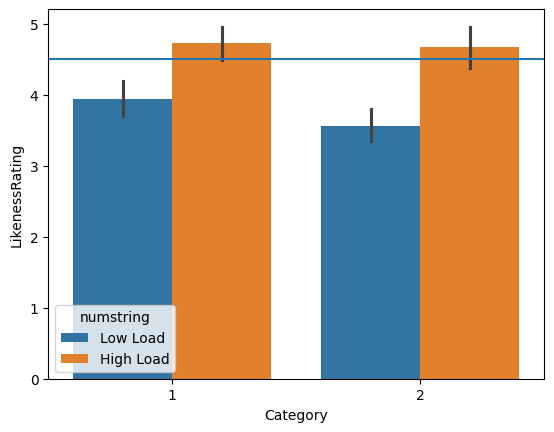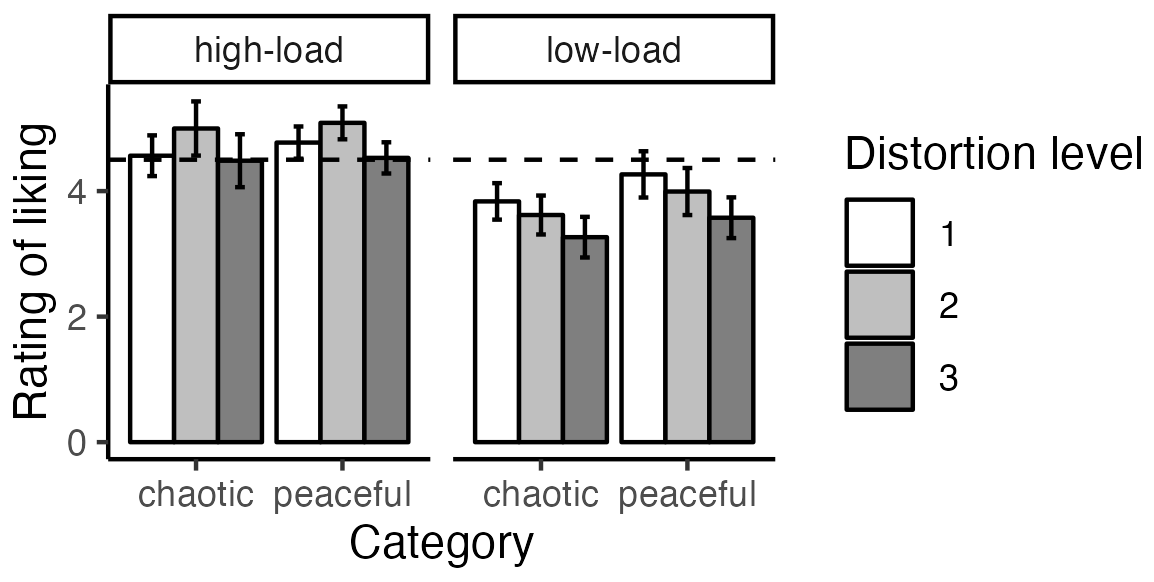Prototype Effect
Research Paper
Date: April 2025 - June 2025
Role: Data Analysis, Experimental Designer, Cognitive Science Researcher, Co-Author
Read the Full Paper: CLICK HERE
The Prototype Preference Effect (PPE) refers to the human tendency to prefer the prototypical over the atypical.
For Example:
When we think of a “tree,” most of us imagine one that’s tall, full of leaves, and thriving. A bare tree, while still technically a tree, doesn’t align as closely with that mental image—and is therefore less likely to be preferred. This reflects the PPE: our preference for what best fits the prototype in our minds. Recent findings suggest that this preference is influenced by the emotional valence of the stimulus category.
We introduced a new variable of cognitive load to see how mental strain impacts this preference bias. We hypothesized that the PPE would only emerge under low cognitive load, suggesting that it requires cognitive resources. The following study investigated whether the PPE is automatic or dependent upon cognitive resources, and whether it interacts with category valence.
Our findings suggest that the PPE is not fully automatic and can be affected by cognitive load, more so for negatively valenced categories.




